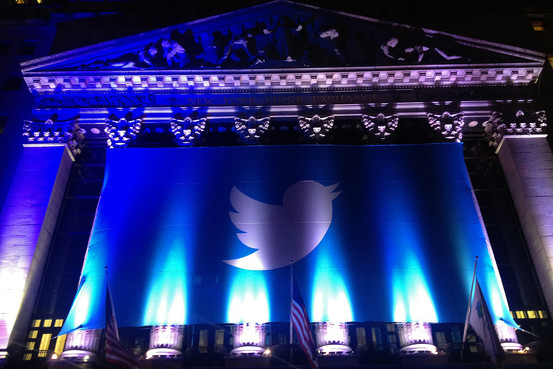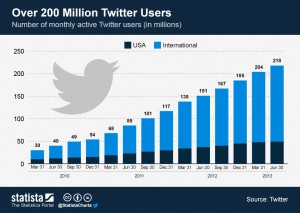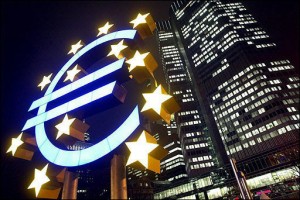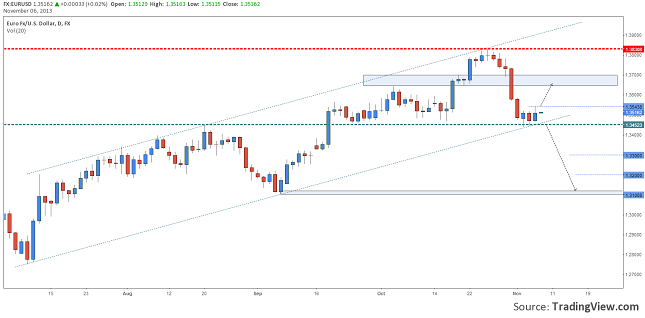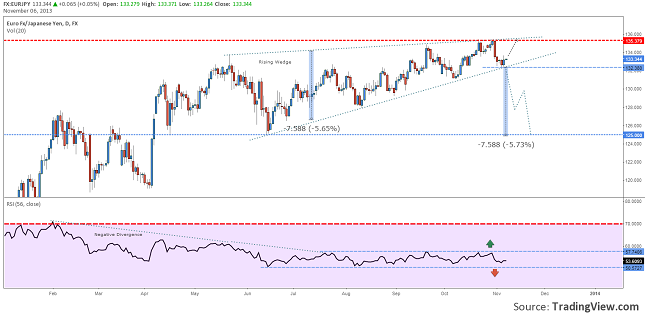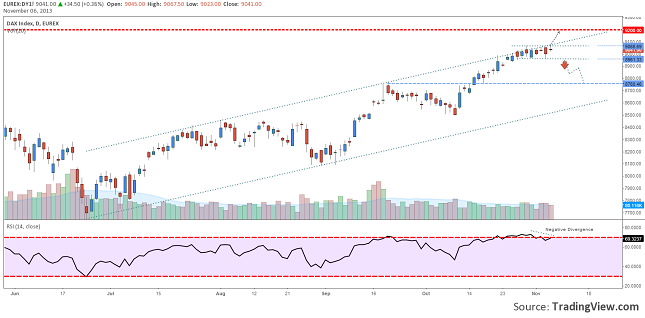By WallStreetDaily.com
Watch how easy it is to boil investing down to four words…
Buy low, sell high.
There! I just did it.
If you can repeatedly buy low and sell high, well… it’s impossible to ever lose.
Yet the novice investor always manages to screw this up.
That ends today!
Let me give you my pledge…
For those who have the discipline to follow the principles I put forth today…
Well, you’ll be empowered to buy low and sell high for the rest of your life. No exceptions.
Would I have written this article back in 2008?
Probably not!
Back then, finding bargains took no effort. I mean, dozens of companies actually traded below their cash levels.
Without looking very far, we were picking up dollars for fifty cents and then just waiting. Before long, the market noticed the disconnect and corrected it, and we doubled our money in the process.
Not anymore, though.
We’re in the midst of a historic bull run that keeps getting longer in the tooth with each passing day, which means it’s getting harder to buy low and sell high.
What’s more, the latest leg higher hasn’t been driven primarily by profit growth. Instead, it’s been driven by multiple expansion.
Bargains Are Harder to Come By…
At the beginning of the year, the S&P 500 Index traded for 14.51 times earnings. Now it trades for 16.72 times, representing an expansion of 15%.
The end result? Bargains are scarce. Really scarce. Just ask Warren Buffett.
As I alluded to earlier in the week, his Berkshire Hathaway (BRK.A) is sitting on nearly $40 billion in dry powder. If the bargains were plentiful, he’d be putting that cash to work, not hoarding it.
So what’s an investor to do? In truth, we only have one option.
We still have to buy low and sell high.
It can be no other way.
How are we going to pull off this amazing feat?
Which Mistake Are You Making?
When markets are trading sideways or stocks are a bit out of favor, it’s fairly easy to always buy low.
During rip-roaring bull markets, like we’re experiencing now – not so much. Bargains dry up. And that’s when we’re most likely to commit one of two fatal errors.
Fatal Error #1: Laziness
Most investors remain allergic to hard work. When finding bargains becomes difficult, they take the path of least resistance. They buy stocks that simply appear cheap in relation to the market.
They compromise their standards, change the definition of what qualifies as cheap, and buy “relative” bargains.
The problem?
When the market turns, the true value (i.e., expensiveness) of these stocks gets exposed and share prices often plummet, which leads to losses.
Fatal Error #2: The Value Trap
A small subset of investors recognizes the perils of this “relative” value approach. In turn, they set out to find stocks left behind in the recent rally or hitting new lows and are truly cheap.
While I can’t bemoan the practice, the problem is that these investors often stop there.
They don’t take the time to figure out if the stocks they uncover are value traps (ones that deserve to be cheap indefinitely, thanks to terrible fundamentals).
Instead, they simply buy the beaten-down names under the premise that they’re just too darn cheap not to go up in price eventually. But more often than not, they don’t.
Here’s a word to the wise…
One must commit oneself to strong, value investing principles, which means digging harder and deeper until you find undeniable bargains.
Indeed, when bargains aren’t easy to come by, true value investors do whatever it takes to find a great deal.
They keep digging and digging.
With that in mind, here are my five secrets to ensure that you always buy low and sell high.
They’ve been tailored specifically for the prevailing market.
Secret #1: Chapter 11 Never Felt So Good
Do whatever it takes to find a bargain.
Even if it means scouring companies emerging from the ashes of bankruptcy, like Eastman Kodak Co. (KODK).
Secret #2: Niche Yourself
Don’t be afraid to turn to niches in the market that very few investors understand or follow, as long as it means you can buy low and sell high. I wish there was another way to invest, but there isn’t.
Fortunately, some wonderful niches do exist in this market, like merger arbitrage opportunities and spinoffs.
Secret #3: Cash is King
Most important of all, don’t get too anxious to pull the trigger.
Take a Dramamine if you must, and hold fast to your cash until those relentless efforts I spoke about earlier uncover a true value stock.
Be disciplined. Never compromise on what qualifies as a bargain. And keep digging until you find one. No matter how long it takes.
You have no other choice, really.
Either buy low and sell high, or get slaughtered.
Secret #4: Valuation Metrics Rule
Look, I wish I could pinpoint a single valuation metric to get the job done.
But I’m not a magician.
Neither is Ty Nutt, Portfolio Manager of the Delaware Value Fund (DDVAX).
Before a stock makes it into his portfolio, it must pass a 10-factor screen. The results speak for themselves. His fund of only 30 to 40 companies outclassed the S&P 500 Index over the last three years, returning an average of 18.92% per year.
A few of my personal favorites are Enterprise Value/EBITDA, price-to-sales, price-to-book value, price-to-cash flow and earnings yield.
Secret #5: Live a Contrarian Life
Always buying low and selling high also requires an unwavering commitment to a contrarian philosophy.
As James Roumell, Portfolio Manager of the Roumell Opportunistic Value Fund (RAMVX), says, “There are instances where the herd goes so fiercely negative it builds on itself, and those situations are exploitable,” for a 25% to 30% upside. That is, if you have the courage to step up and defy conventional wisdom to buy.
Fear not!
More help is on the way tomorrow, when we’ll share the single most valuable resource that Wall Street Daily has ever put together.
I don’t recommend anyone miss it!
Ahead of the tape,
Louis Basenese
The post My Secret to Always Buying Low and Selling High appeared first on Wall Street Daily.
Article By WallStreetDaily.com
Original Article: My Secret to Always Buying Low and Selling High
